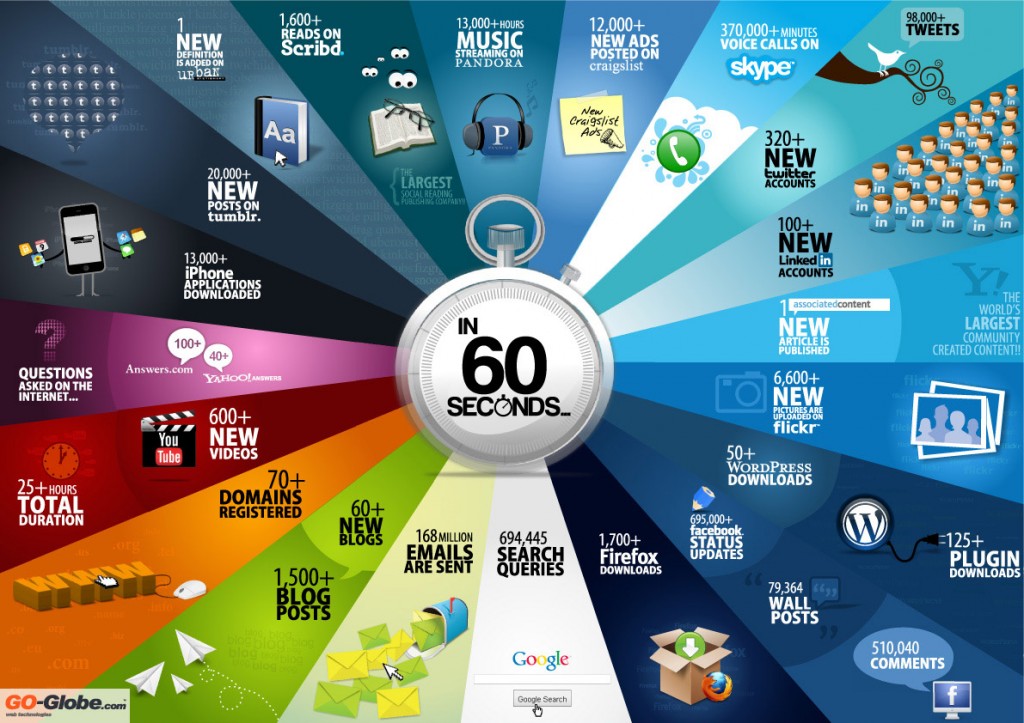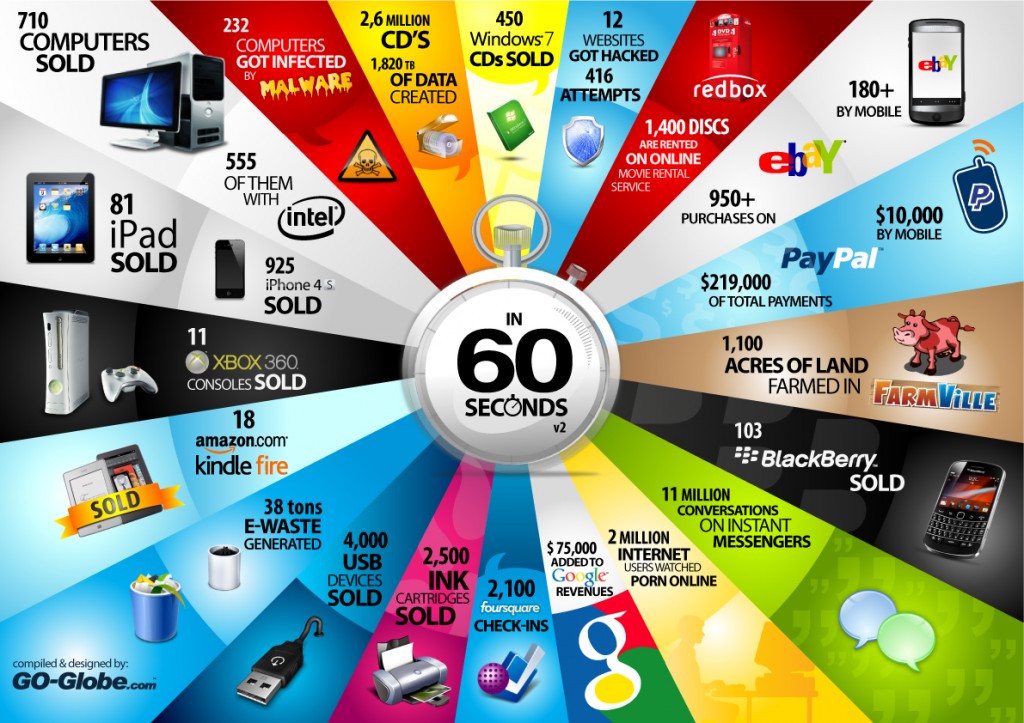5 Easy Black Friday Marketing Tips You Still Have Time For
Black Friday (November 23, 2012) is going to be the most popular shopping day of the year in the United States and your company has the opportunity to participate. Whether your business is a retail store, local restaurant, or complex B2B software provider, you can take advantage of the hype of Black Friday and Cyber Monday (November 26, 2012).
Why are these days important to your business?
- Customers are in the emotional mindset to spend money. Thanksgiving is over and Christmas is now fast approaching. Black Friday is typically the first opportunity to grab some great items before the budget starts to get tight.
- Customers are engaging with your marketing. You spend the entire year trying to grab the attention of your customers and prospects through with marketing collateral. At this time of year, your customers will come to you. Finding deals and discounts becomes a game and your marketing is useful research material!
- Customers expect your participation. There is so much participation in this pseudo-holiday that your customers will expect you to offer them something. Use this as an opportunity to show appreciation for their continuous business. A special offer for loyal customers can be a very effective “Thank You.”
5 Black Friday Marketing Tips
- Start today - Spend some time mapping out what your special offer will be and don’t be afraid to build some buzz before the big day. You’ll have a lot of competition for your customer’s time and attention. Grab them now.
- Schedule an email - Email marketing is a fantastic marketing tool to deliver your timely Black Friday message. I’m always surprised at how often many small businesses miss this easy opportunity. If you’ve got a list of email addresses that you regularly send to, create a special communication and schedule it to go out on November 23rd.
- Grow with social - Black Friday is a great opportunity to start or build on your social media. You’ll naturally create content that you can spread across your Facebook Page, Twitter Profile, Pinterest board, and LinkedIn company page. If someone shares your message, take the time to thank them and start a conversation. The worst thing you can do is be purely one-way marketing. Create some relationships.
- Capture demand digitally - Search engine marketing is not a marketing tool that creates demand, it’s a medium that captures it. You’ll be getting a large number of prospects and customers looking for you as you promote your offers, brand name, and specials. Make sure they can quickly find you by buying up your branded keywords in Google and Bing. You’ll be happy you did.
- Focus on future sales - Use this opportunity to build a foundation of future sales. Collect phone numbers, email addresses, and information that you can use to target your prospects/customers in a few weeks or months. If you get a lot of new names then use coupons or expiring offers to bring them back.
More Useful Black Friday Marketing Articles
- Black Friday Marketing Ideas for Small Business - View Article
- 9 Small Business Marketing Tips for Black Friday - View Article
- How To Sell More Before, During and After Black Friday - View Article
- Black Friday Marketing Ideas for Non-Retail Businesses - View Article


